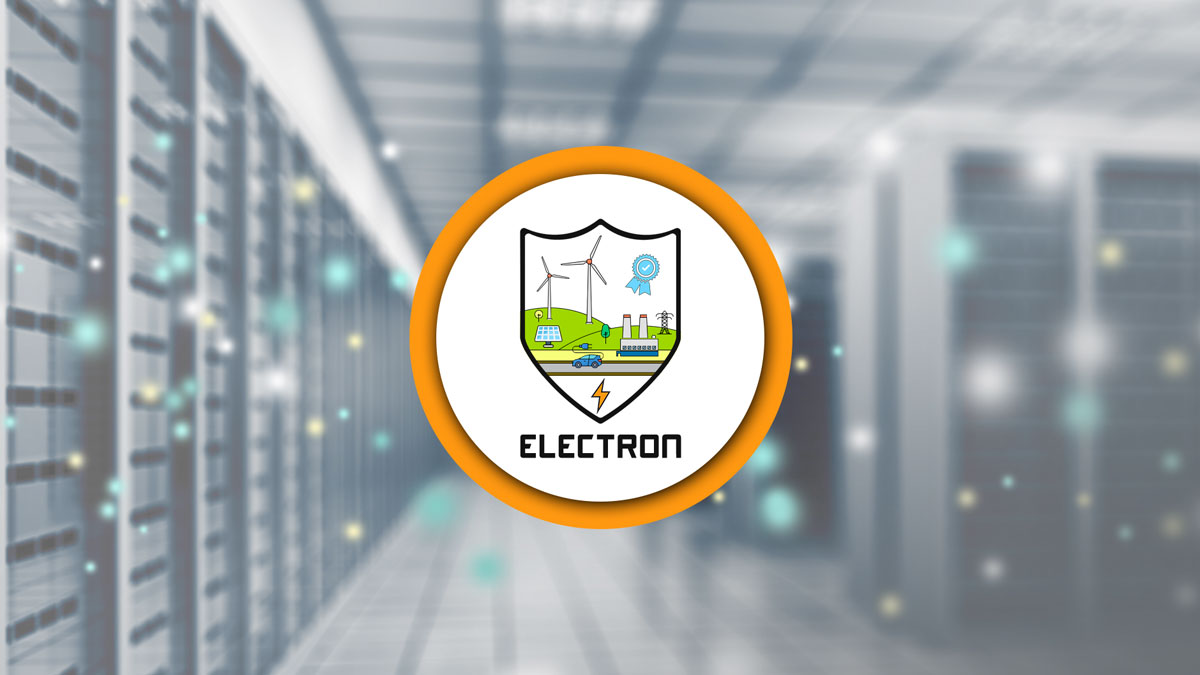
ELECTRON – rEsilient and seLf-healed EleCTRical pOwer Nanogrid
- Post by: admin
- March 7, 2021
- Comments off
ELECTRON aims at providing and demonstrating a new-generation EPES platform, capable of empowering the resilience of energy systems against cyber, privacy, and data attacks through four main pillars (risk assessment and certification, anomaly detection and prevention, failure mitigation and energy restoration, and addressing internal threats and gaps through AR-VR-based personnel training and certification), while fostering the cyber protection standardisation and certification via three novel authorities, namely the cybersecurity lighthouse, the cybersecurity training and certification authority, and the energy trading centre. The project introduces a series of next-generation, cuttingedge, and advanced technologies targeting at: (a) applying a collaborative risk and certification framework by involving all energy actors in line with the Cybersecurity Act, (b) implementing a postquantum-oriented, decentralised, and federated learning-based EPES cyber-defence and protection framework for protecting EPES infrastructure and assets against cyberattacks, privacy attacks, and data breaches, built on a high-visibility and interoperable SIEM tool (c) advancing nanogrid operations, while integrating renewables by allowing them to exchange efficiently energy through a decentralised blockchain mechanism, towards protecting the grid from blackouts, brownouts, and cascading effects by employing proactive islanding, (d) proactively addressing security gaps and threats coming from inside by creating a AR/VR-aided cybersecurity training and certification for EPES (operational) personnel, (e) fostering an energy ecosystem on cybersecurity polices and recommendations, by inaugurating the ELECTRON Cybersecurity Lighthouse as an open portal across EU for exchanging information and best-practices on cybersecurity and privacy in EPES and critical infrastructure, (f) Validating and demonstrating the integrated ELECTRON products and solutions through large-scale, focused, and high-impact use cases, while monitoring and optimising the operation of the three proposed authorities (cybersecurity lighthouse, cybersecurity training and certification authority, and energy trading centre), and (g) increasing the cyber-hygiene across Europe in all levels: design, technical, educational, and institutional